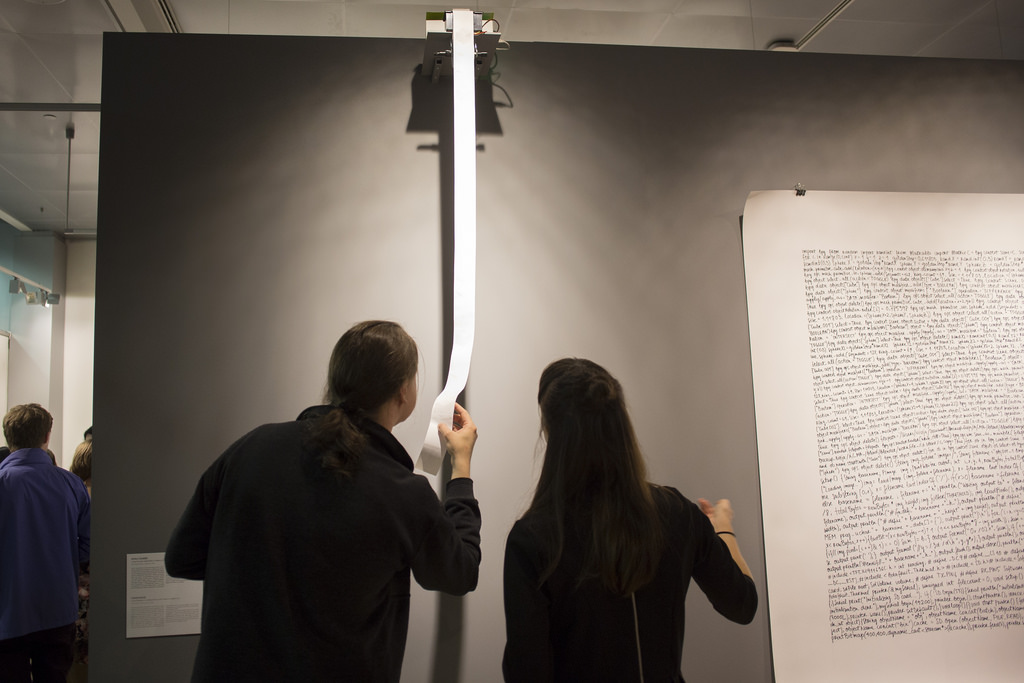
Līvija Daudze in collaboration with Valters Grišāns, Handmade, 2016. OPEN FIELDS, RIXC Art Science Festival 2016, opening at the National Library of Latvia. Photo: Kristīne Madjare for Rixc
RIXC Art Science Festival takes place every year in Riga. I had a chance to attend the event 3 times already. The programme is splendid. Exhausting but splendid: there’s a super intense and always thought-provoking conference, a pecha kucha-style evening for authors to present their art&science books, there are many opportunities to discover young artists and also meet with artists and scientists whose work i’ve been admiring for ages, there are performances, and of course there’s a media art exhibition. I’ll publish a long post summing up the most interesting stories, works and ideas shared during the conference but in the meantime i’d like to take you on a quick tour of the exhibition. It remains open until next Wednesday so you know what to do if you’re in the neighbourhood in the coming days.
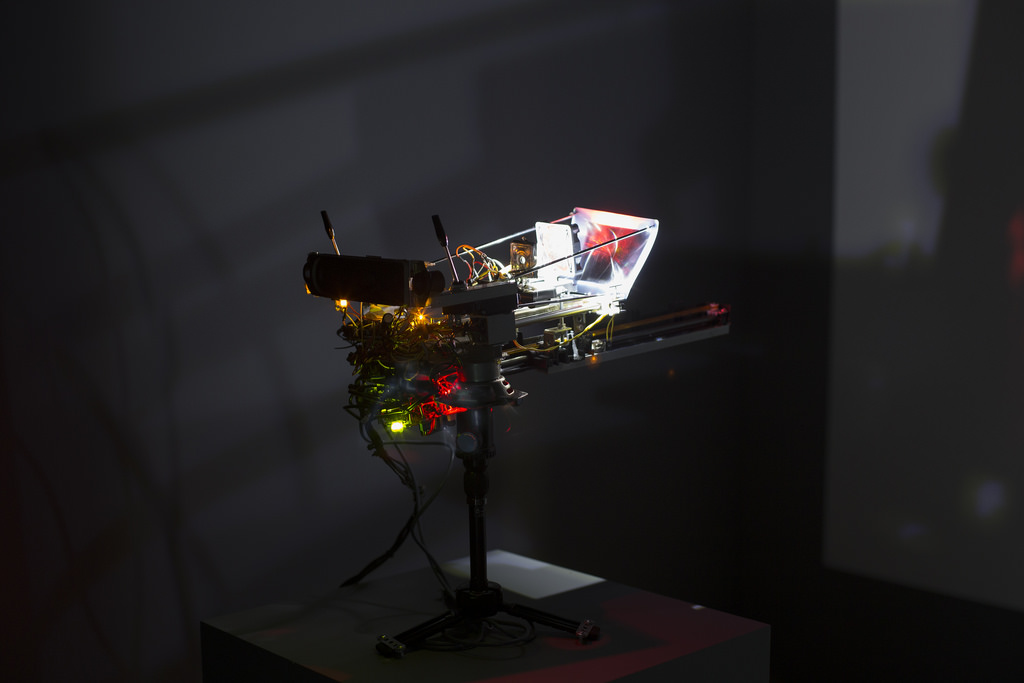
::vtol::, RED, 2016. Exhibition view at the National Library of Latvia. Photo: Kristīne Madjare for RIXC
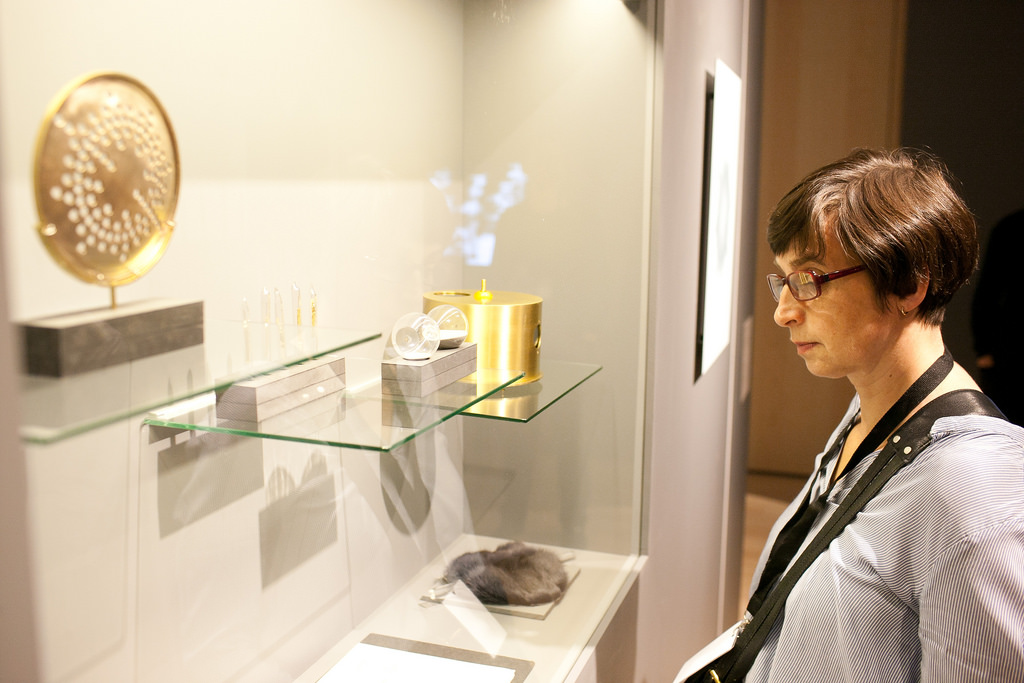
Erich Berger and Mari Keto, Open Care, 2016. Exhibition view at the National Library of Latvia. Photo: Kristīne Madjare for RIXC
This year, many of the works in the show are exploring data. I got a bit tired of big data a couple of years ago but being at the festival reminded me that, once in the hands of artists, the most austere data can adopt a provocative, critical and sometimes also totally absurd tinge.
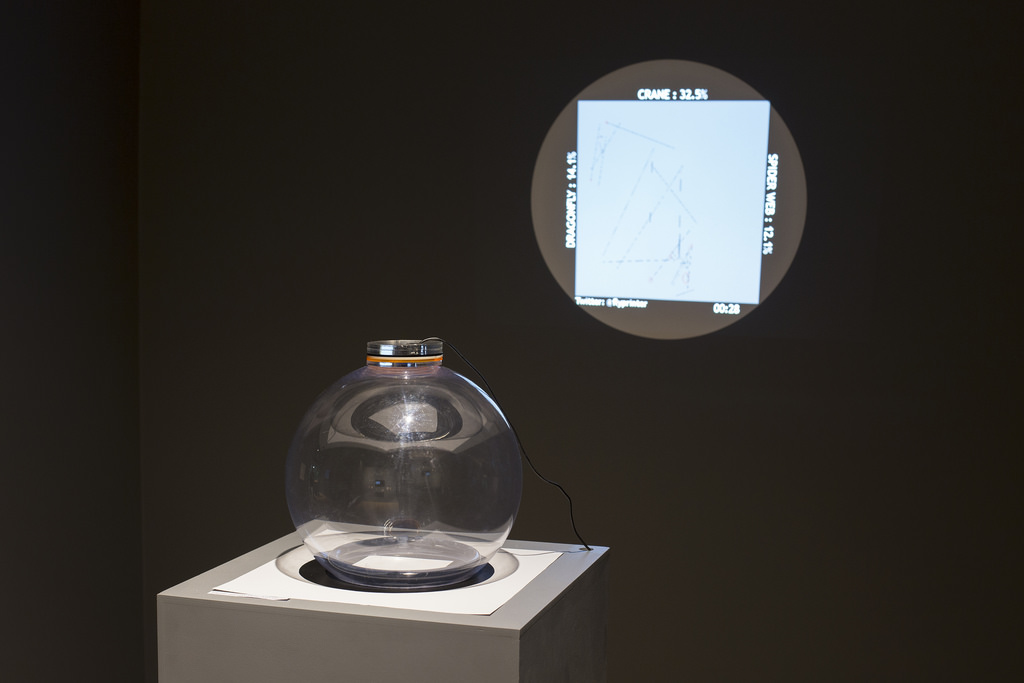
Laura Beloff in collaboration with Malena Klaus, Fly Printer – Extended, 2016. Exhibition view at the National Library of Latvia. Photo: Kristīne Madjare for RIXC
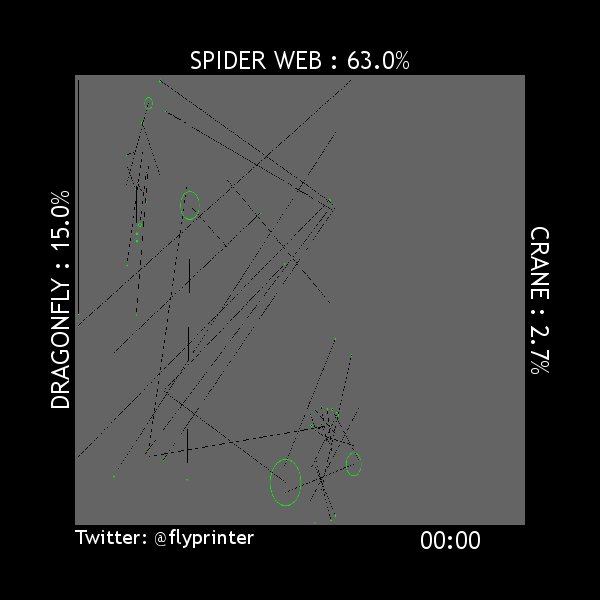
FruitFly Printer @FlyPrinter, “With 62% certainty, I think this is image is a: spider web”
Take The Fly Printer for example. It is not a 3D bioprinting machine that slowly lays down organic layers of little insects. It’s way better than that, it is a printer supervised by fruit flies. They live inside a glass bowl and feast on special food dyed with printer ink. After they’ve digested, the insects generate data in the shape of little dots dropped onto the paper placed at the bottom of their glass dwelling.
In this third version of The Fly Printer (the Extended one!), the fruit flies are not only pooping images, they are also teaming up with an image recognition system to identify and interpret the images printed. As a result of this alliance between biological organisms and artificial intelligence, the human observer is able to finally comprehend the patterns projected on the wall near the bowl. Have a look on twitter to get an idea of the type of image analysis that the flies and their little AI friends are doing in the exhibition.
The work has been triggered by the fact that our societal infrastructures are using increasing amounts of automated and autonomous systems that rely on artificial intelligence, e.g. intelligent image recognition systems. However, these systems, even if one can claim that they are capable of learning, are still limited. One of the challenges has been an over-interpretation of the images by the artificial system, which highlights differences in how neuronal networks and humans recognize and project meaning to images and objects. This means that it is possible that when an image has become unrecognizable for a human, an intelligent neuronal network system still believes in over 99% certainty it to be a familiar object for a human perception (Nguyen, Yosinski & Clune 2015.) This artwork plays ironically on this problem – the system aims at interpreting images for human viewers that are produced by a fruit fly community and which are in the first place unrecognizable for a human perception beyond abstraction. (via)
Auger-Loizeau, in collaboration with Dr Subramanian Ramamoorthy and Alan Murray, Real Prediction Machines, 2014
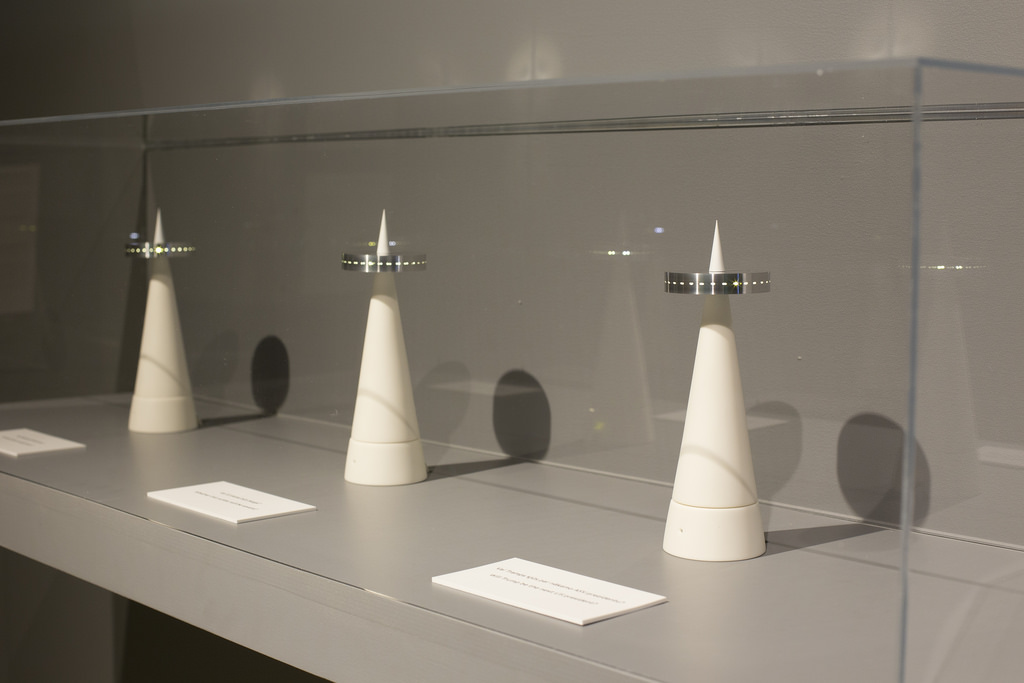
Auger-Loizeau, Subramanian Ramamoorthy and Alan Murray, Real Prediction Machines, 2014. Exhibition view at the National Library of Latvia. Photo: Kristīne Madjare for RIXC
Designers James Auger and Jimmy Loizeau were wondering what prediction algorithms could do outside of the usual industrial, banking, commercial and research fields. Could they play a meaningful and valuable part in our personal relationships? Could they dissect our domestic life into a pile of data ready for interpretation? Would their presence in our homes add a beneficial dimension to our intimate experiences?
Their Real Prediction Machine (RPM) is inspired by the work of Dr Subramanian Ramamoorthy whose research focuses on the development of algorithms to predict when a professional athlete might become susceptible to injury through over-training.
The Real Prediction Machines uses both big and small data combined with predictive modelling to make predictions about specific future events. Except that instead of applying the technology to customer relationship management, car insurance, health care, this domestic product shifts the focus of its analysis onto more emotive or private concerns.
“Our favourite example is the prediction of when a domestic argument might happen,” Auger and Loizeau explained in an interview with Craft Council. “For this we use a variety of data sets such as reviewing the general compatibility of the relationship to live audio feeds that analyse word tone to detect patterns that have historically led to an argument. The Real Prediction Machines then reviews all this data to provide feedback through the rotating disc.”
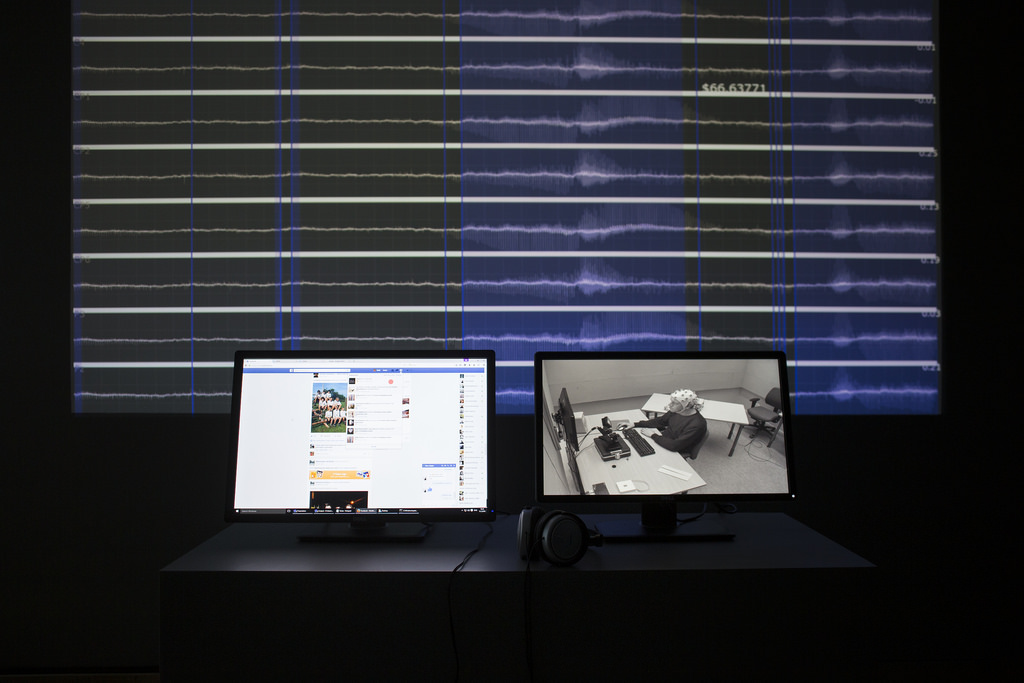
Avner Peled, Elisa Spigai, Idamaija Pitkonen Piguet, Soujanyaa Boruah, Social Bonds, 2016. Exhibition view at the National Library of Latvia. Photo: Kristīne Madjare for RIXC
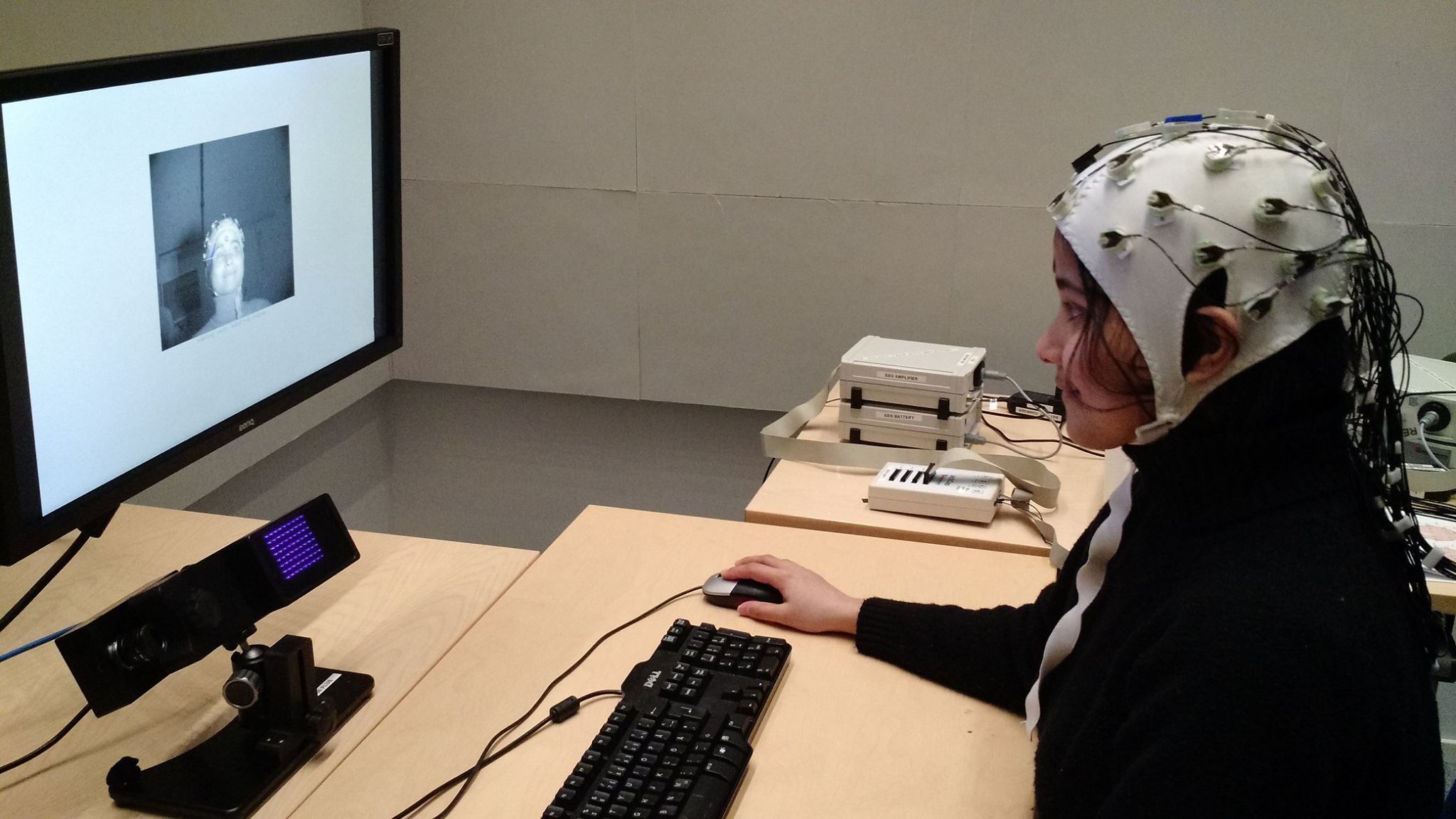
Avner Peled, Elisa Spigai, Idamaija Pitkonen Piguet, Soujanyaa Boruah, Social Bonds, 2016
The artists behind Social Bonds collaborated with Aalto’s Neurobehavioral Lab to speculate on what would happen if Facebook, this unrelenting accumulator and interpreter of our online behavior, if it fully harnessed the promises of Neuromarketing.
In a lab experiment, artists and scientists measured a subject’s brain activity and eye movement during a 45 minute long Facebook session. The data was then fed into a common algorithm that analyzes emotional regulation activity.
The result is a glimpse of a probable scenario, in which Facebook directly derives financial bonds from our emotional investment in social media.
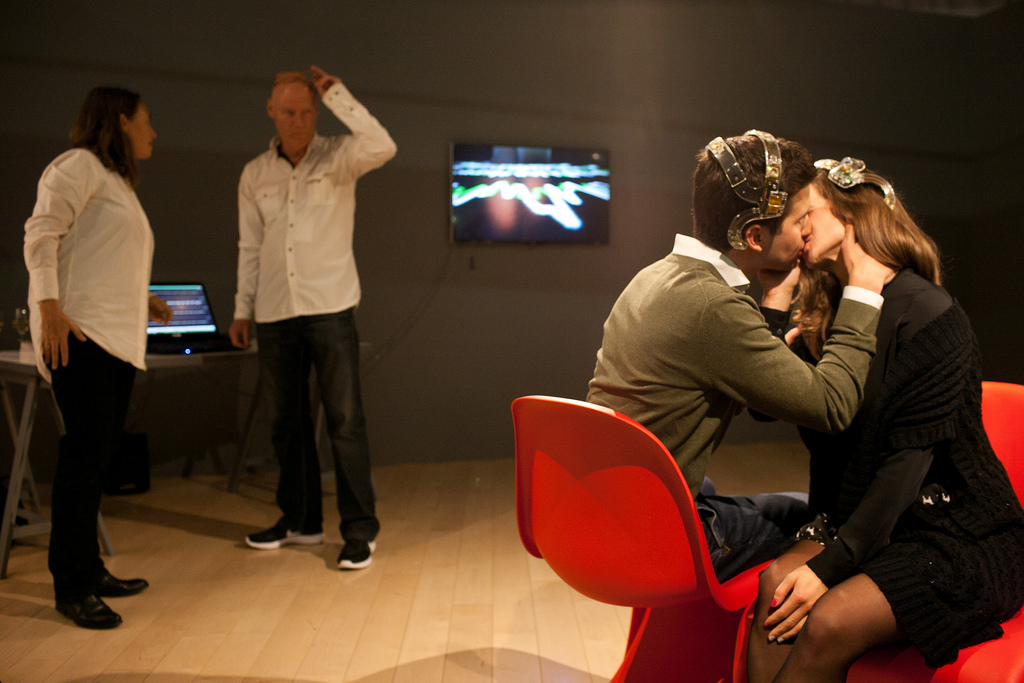
Karen Lancel, Hermen Maat, in collaboration with STEIM Amsterdam, Thijs Ham, E.E.G. KISS, 2015
E.E.G. KISS explores the possibility to translate the emotion and intimacy of a kiss into bio-feedback data.
In the opening night, couples were invited to put on headsets that use electroencephalography, or EEG, to detect the electrical activity inside their brain. The E.E.G. data from the brains of the lovers were then translated in real time into an algorithm and music score for a synesthetic E.E.G. KISS symphony. Each E.E.G. KISS Portrait can be printed and each kiss-soundscape can be shared from the website database.
Some people found it extremely poetical and romantic. True romantics and poets might disagree…
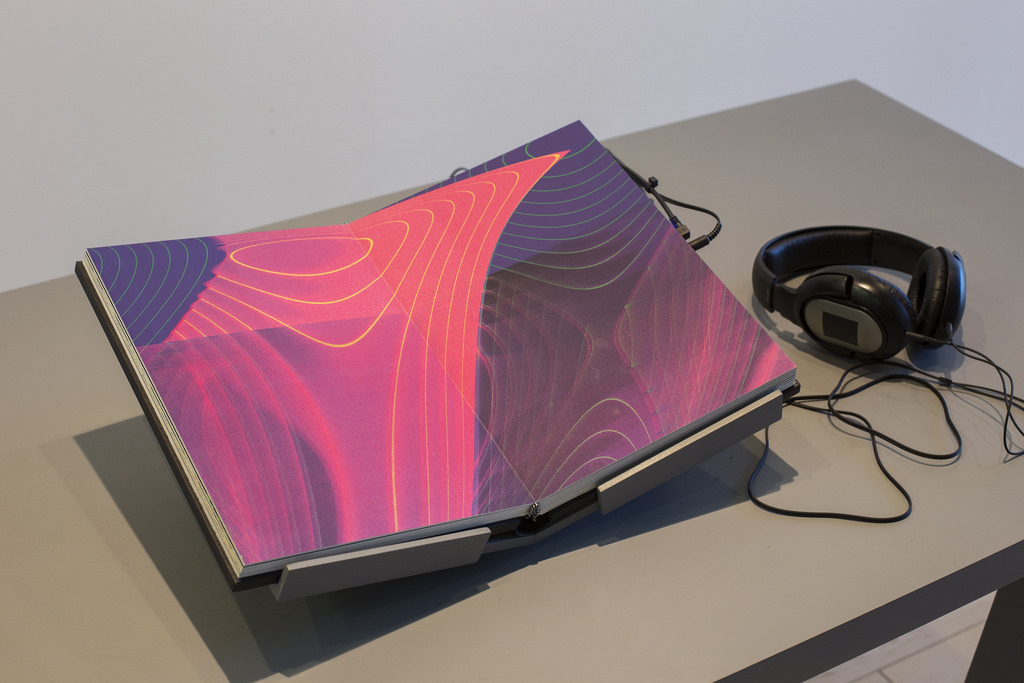
Telcosystems (David & Gideon Kiers and Lucas van der Velden), Resonanz, 2015. Exhibition view at the National Library of Latvia. Photo: Kristīne Madjare for RIXC
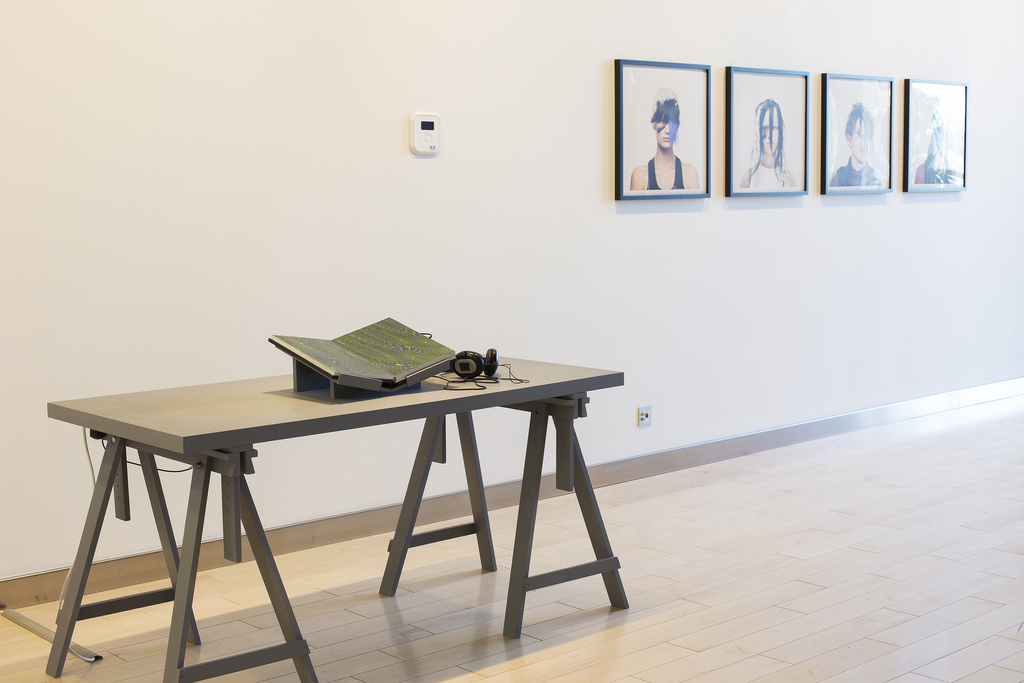
Telcosystems (David & Gideon Kiers and Lucas van der Velden), Resonanz, 2015. Exhibition view at the National Library of Latvia. Photo: Kristīne Madjare for RIXC
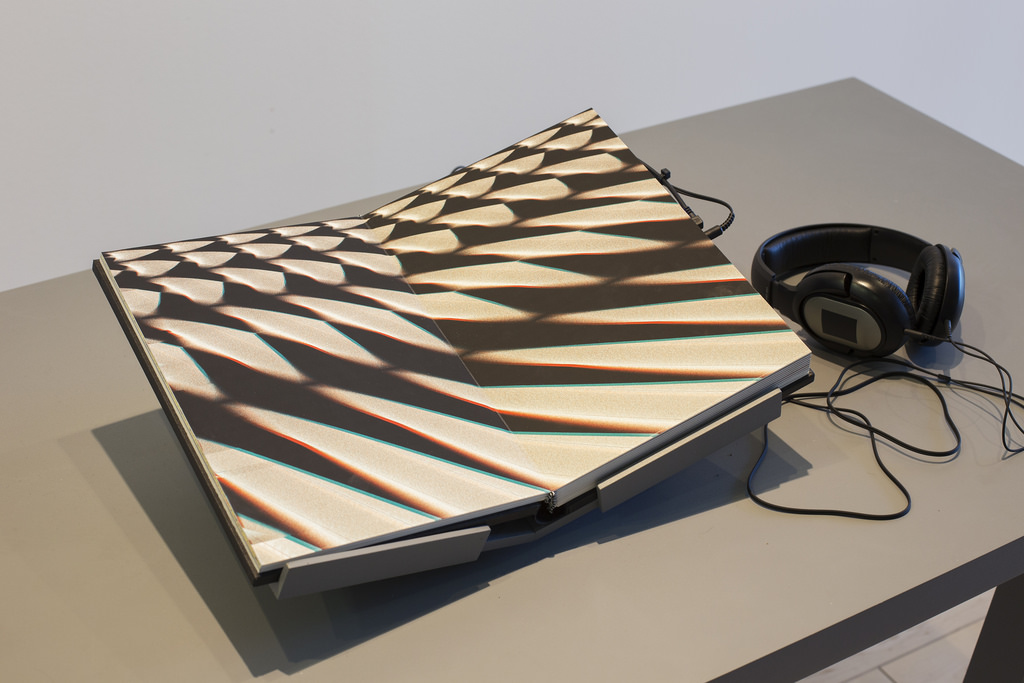
Telcosystems (David & Gideon Kiers and Lucas van der Velden), Resonanz, 2015. Exhibition view at the National Library of Latvia. Photo: Kristīne Madjare for RIXC
Resonanz is an electronic book that i had first dismissed. Until i tried it. As you turn the thick pages of the book, you encounter a different pattern along with a different soundtrack. It’s strangely hypnotizing. I turned and turned the pages, each time trying to think about the possible connections between the colours and patterns printed on the pages and the sound they emitted.
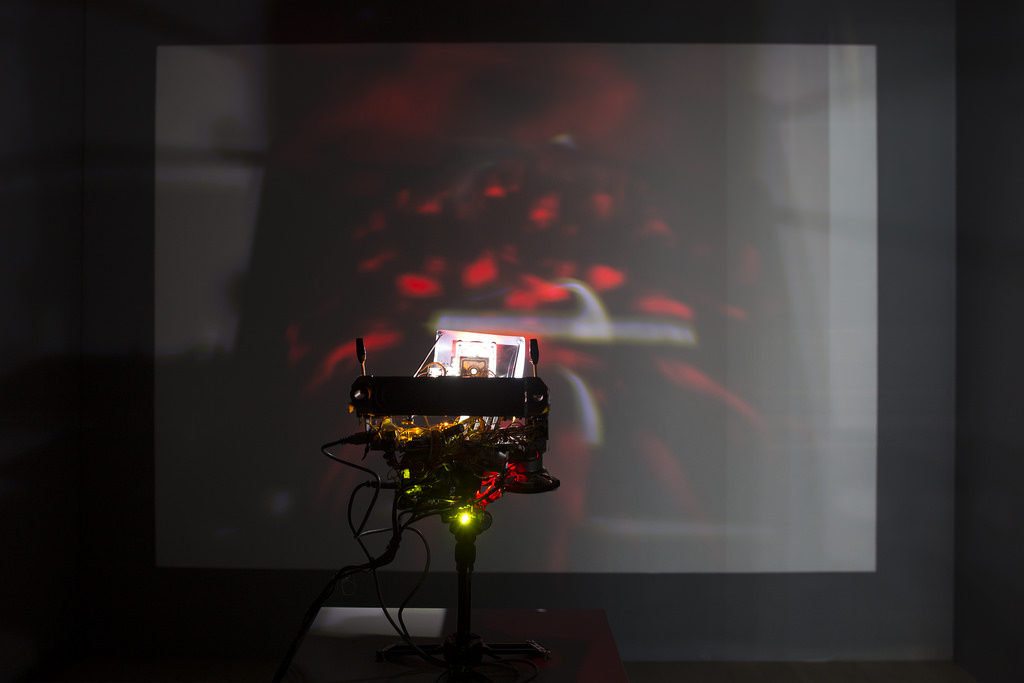
::vtol::, RED, 2016. Exhibition view at the National Library of Latvia. Photo: Kristīne Madjare for RIXC
::vtol::, RED, 2016
RED is an autonomous optic-sound electronic object made with out-of-date electronic devices –such as a CD-rom, an old scanner, electric motors– as well as a red glass crystal and a flexible Fresnel lens. The device uses simple light sources and optical elements to create its own audiovisual performances.
The object works autonomously, controlled by an algorithm with many accidental events tied to feedback, with sensors defining the position of various mechanical elements in relation to the range of their movement. The sound part has up to 4 voices which depend on the activity of various elements. The sound is also in direct interaction with the actual position of those elements, and basically is voicing the process of movement, brightness of light, and intensity of the piece.
It took me a bit of time to understand how it works (i might not be the only one because every single article i read about the work consisted mostly in a similar copy/paste of the project page) but i remained mesmerized by the tranquil moves of the piece, by the way movements and sounds feed each other and by the fluid patterns the devices projects on the wall.
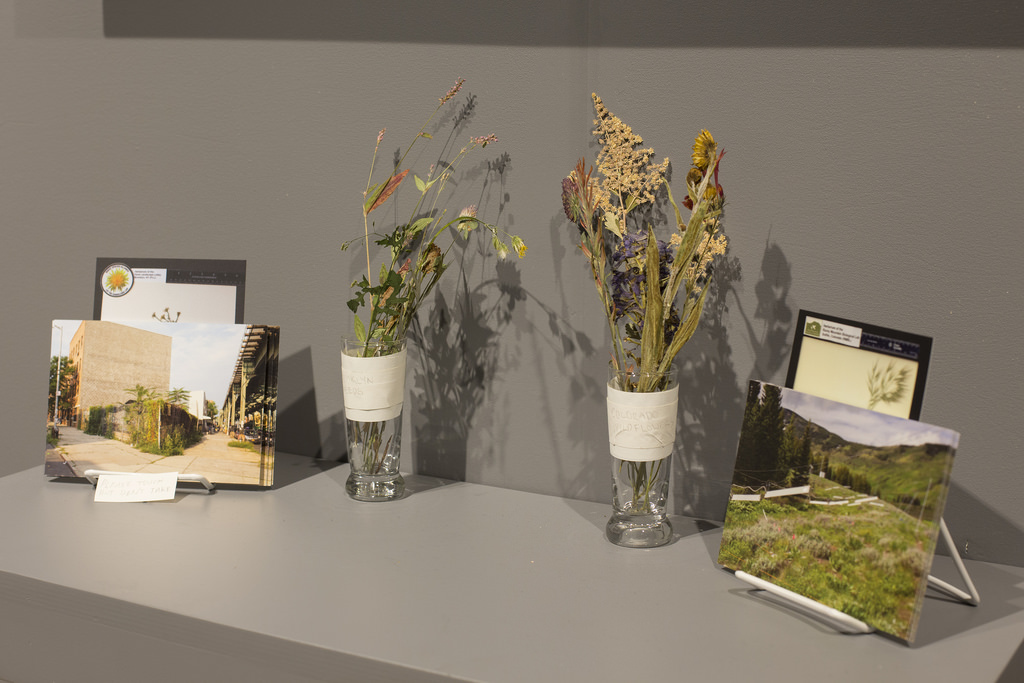
Exhibition view at the National Library of Latvia. Photo: Kristīne Madjare for RIXC
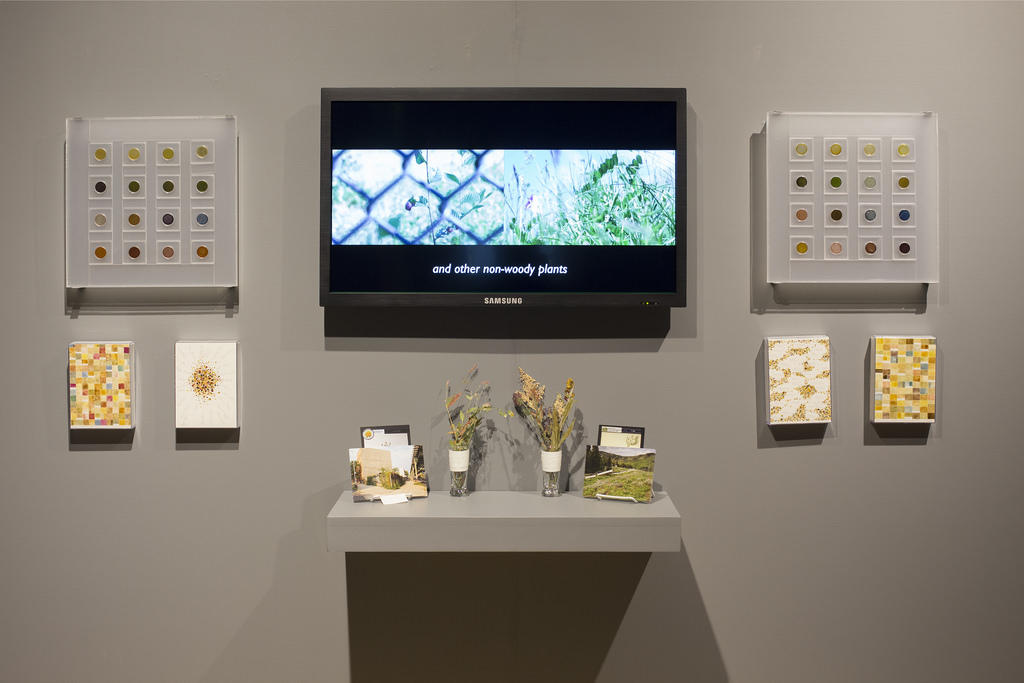
Ellie Irons, Hue Dichotomies: A Meadow Spectrum (Bushwick, Brooklyn and Gothic, Colorado), 2015. Exhibition view at the National Library of Latvia. Photo: Kristīne Madjare for RIXC
Ellie Iron‘s compassionate work gives dignity to the much-despised wild-growing urban plants. The work exhibited in Open Fields compares the hues of watercolor paints made using weeds from two distinct plant communities: the urban meadow and the research meadow. Some of the paintings used plant materials found in the meadow carefully manipulated and protected for almost 100 years by people working at a remote research station in the Rocky Mountains. The other paintings were made using pigments extracted from plants that grow on the margins of a harsh urban landscape and are often regarded as detestable weeds.
More works and images from the exhibition:
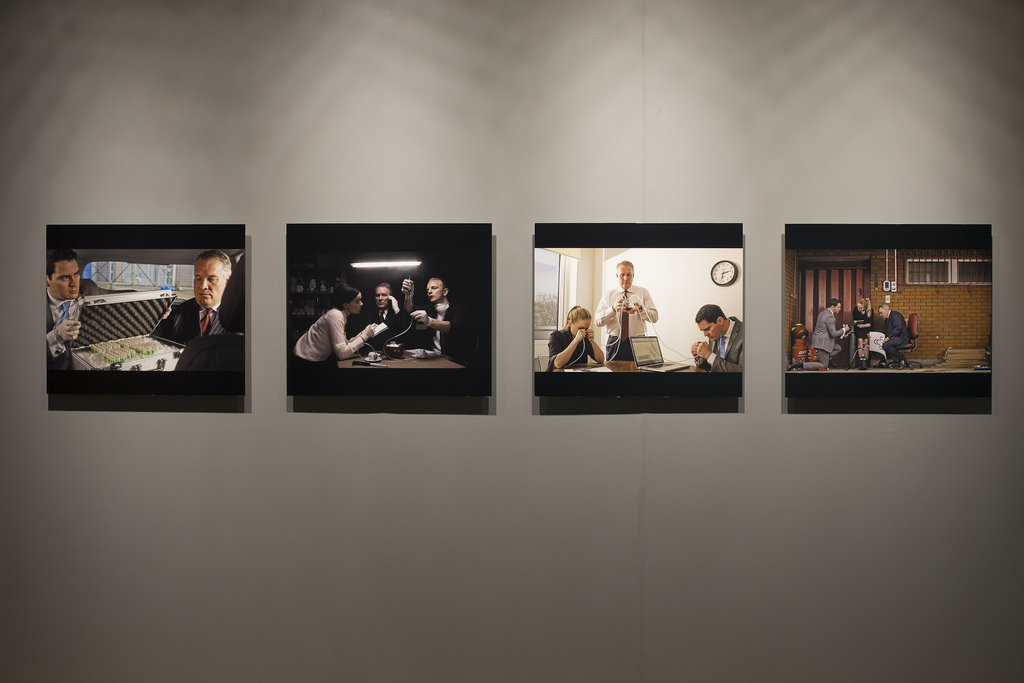
Raphael Kim, Microbial Money, 2014. Exhibition view at the National Library of Latvia. Photo: Kristīne Madjare for RIXC
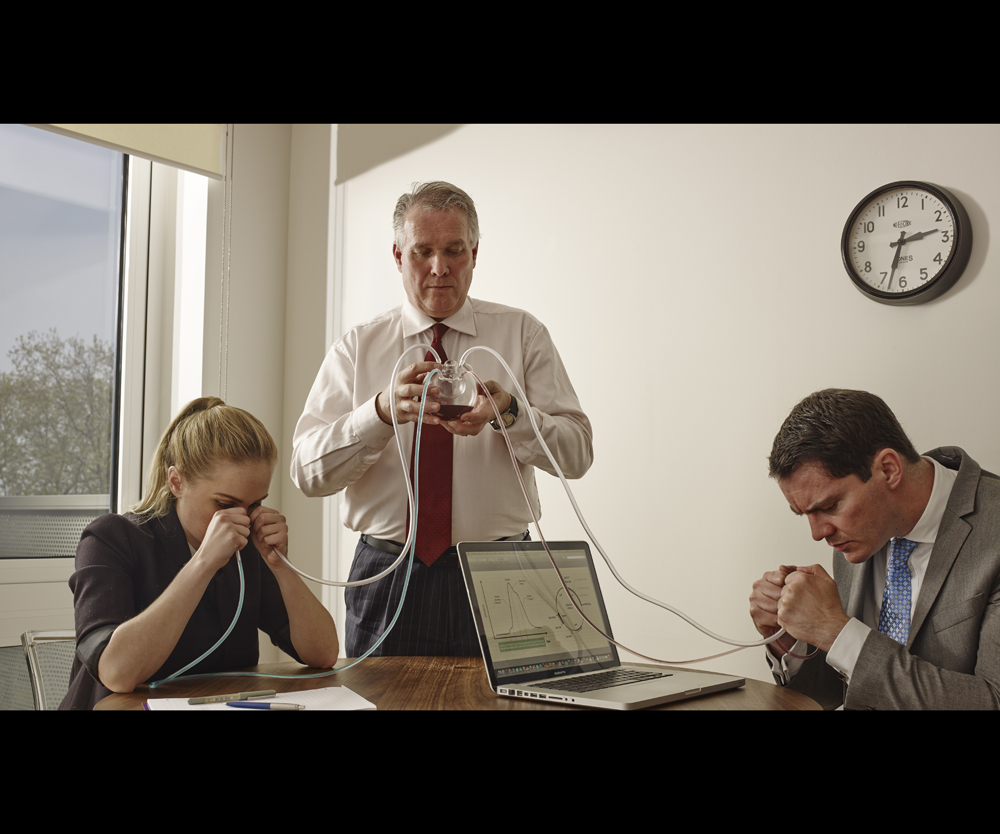
Raphael Kim, ‘Bacterial Trading: Buy and Sell’ from the project Microbial Money, 2014
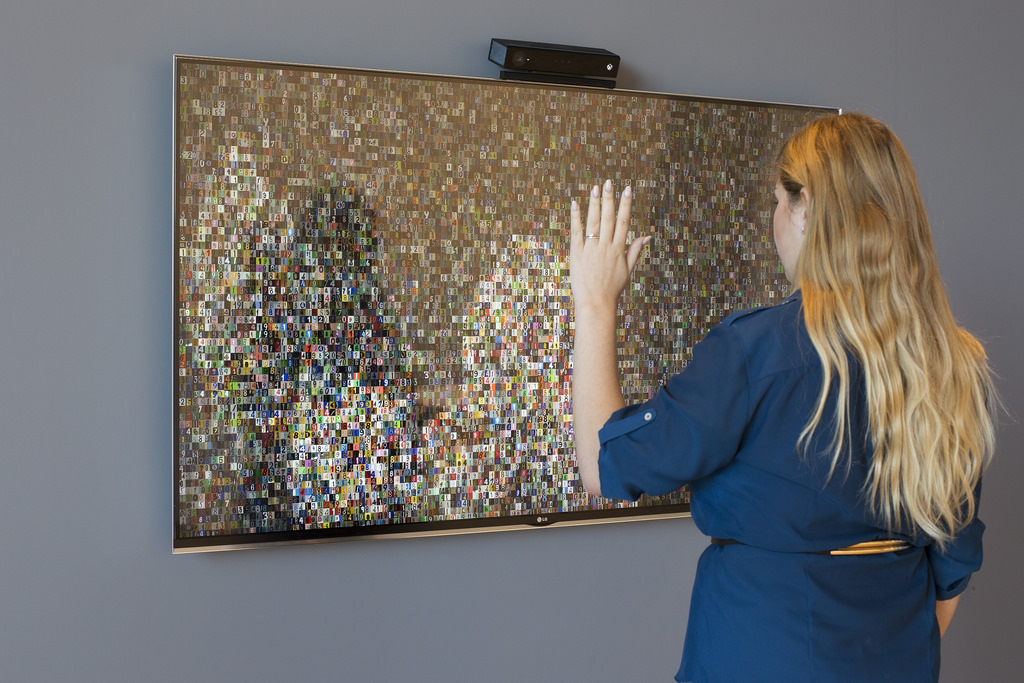
Rafael Lozano-Hemmer, 1984×1984 – Shadow Box 10, 2015. Exhibition view at the National Library of Latvia. Photo: Kristīne Madjare for RIXC
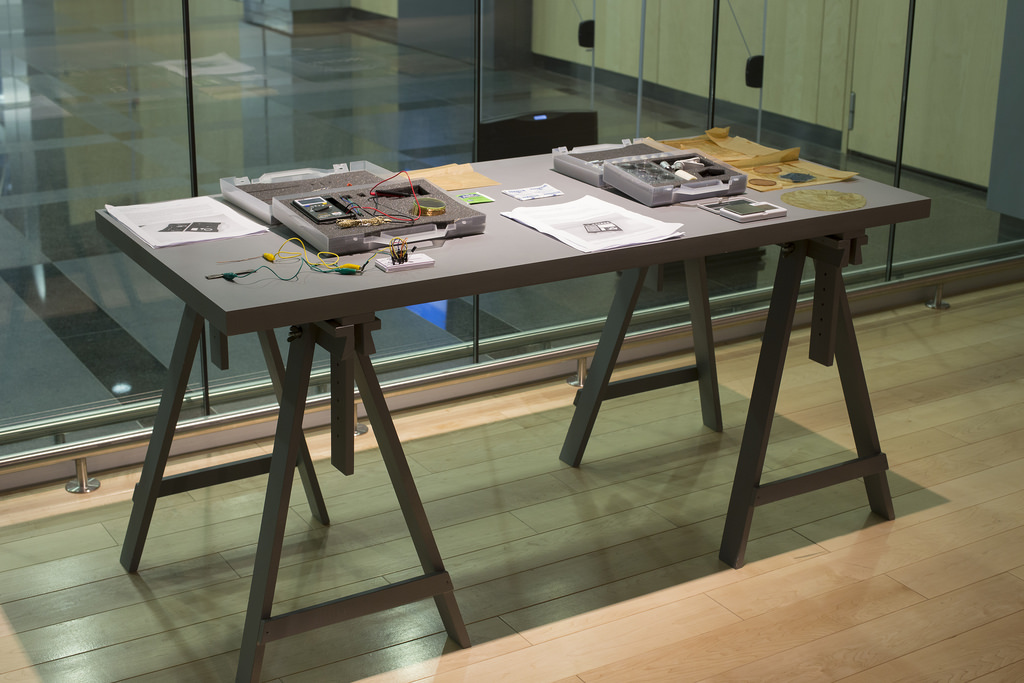
Mindaugas Gapsevicius, Introduction to Posthuman Aesthetics, 2016. Exhibition view at the National Library of Latvia. Photo: Kristīne Madjare for RIXC
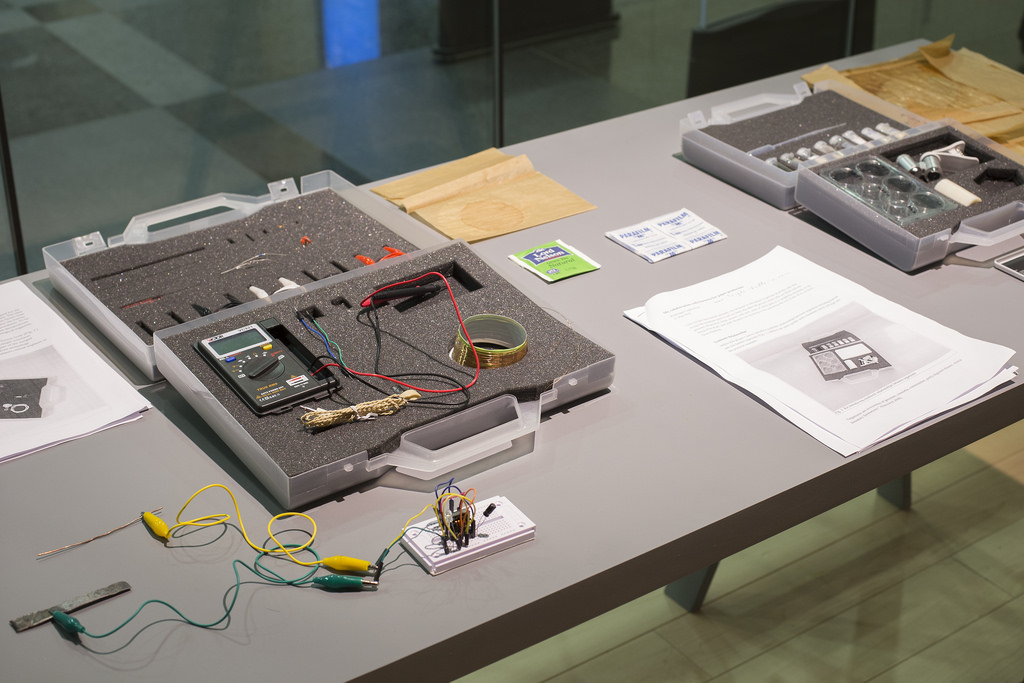
Mindaugas Gapsevicius, Introduction to Posthuman Aesthetics, 2016. Exhibition view at the National Library of Latvia. Photo: Kristīne Madjare for RIXC
![]()
Paula Vītola, LIGHT-NET, 2015. Exhibition view at the National Library of Latvia. Photo: Kristīne Madjare for RIXC
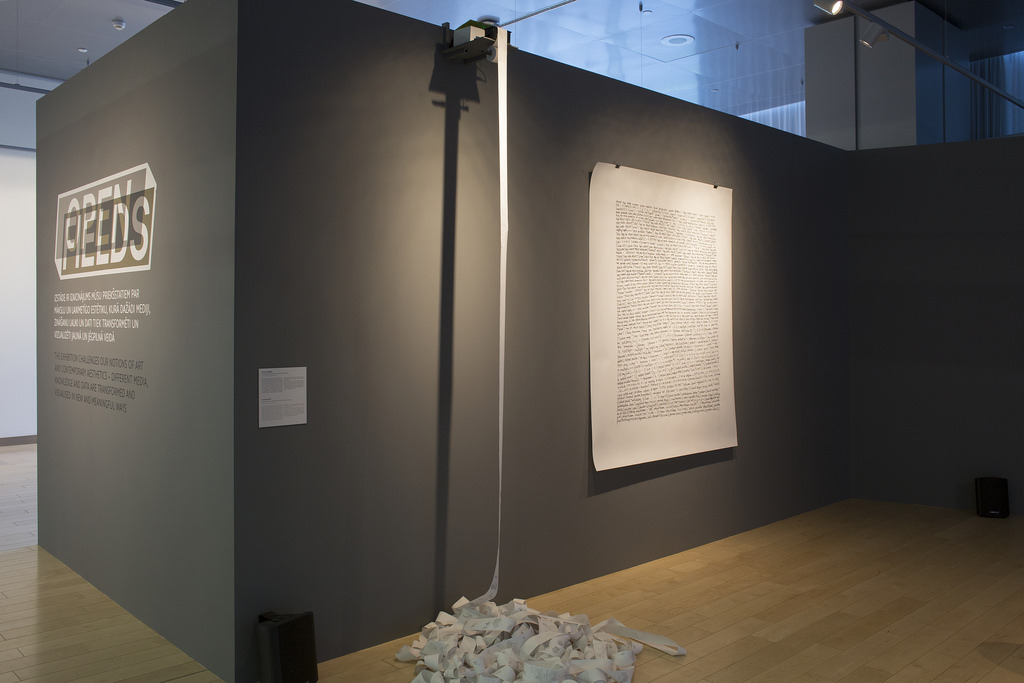
Līvija Daudze in collaboration with Valters Grišāns, Handmade, 2016. Exhibition view at the National Library of Latvia. Photo: Kristīne Madjare for RIXC
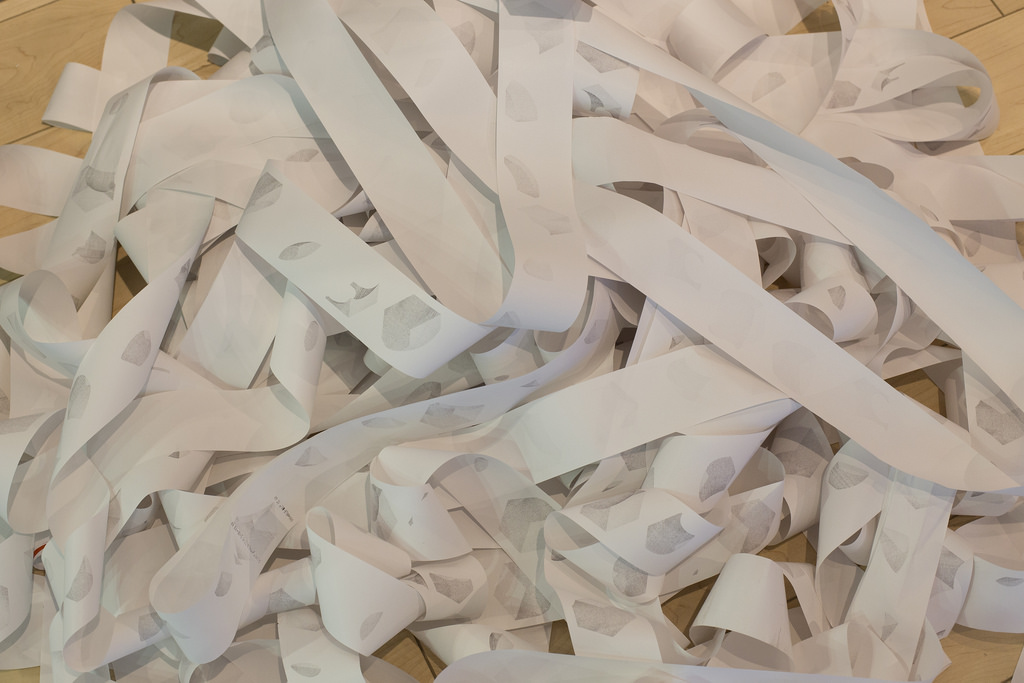
Līvija Daudze in collaboration with Valters Grišāns, Handmade, 2016. Exhibition view at the National Library of Latvia. Photo: Kristīne Madjare for RIXC
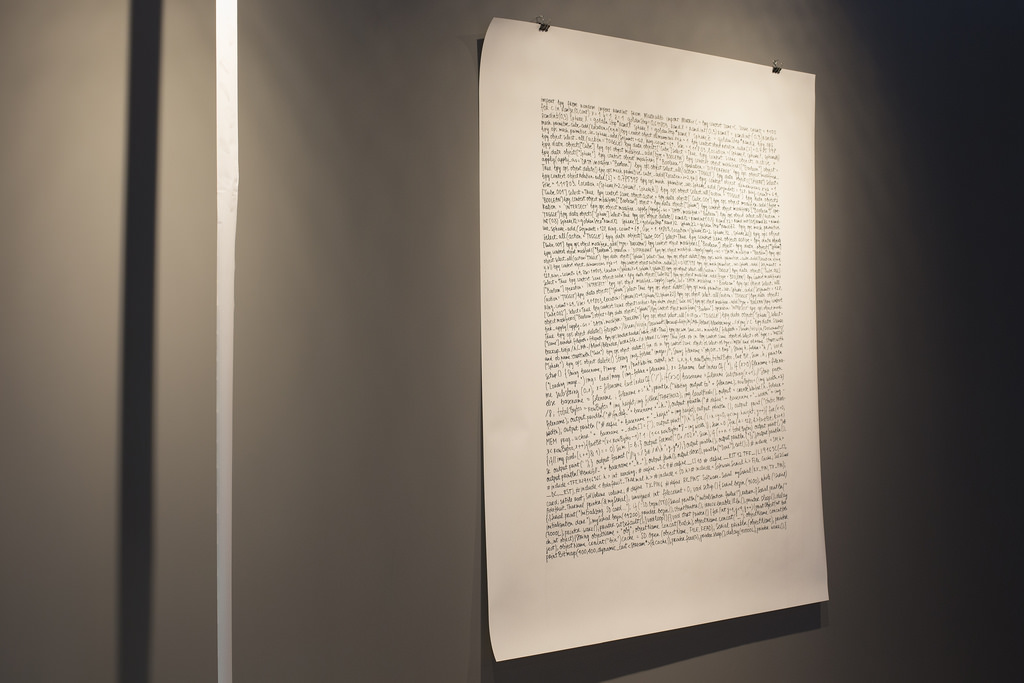
Līvija Daudze in collaboration with Valters Grišāns, Handmade, 2016. Exhibition view at the National Library of Latvia. Photo: Kristīne Madjare for RIXC
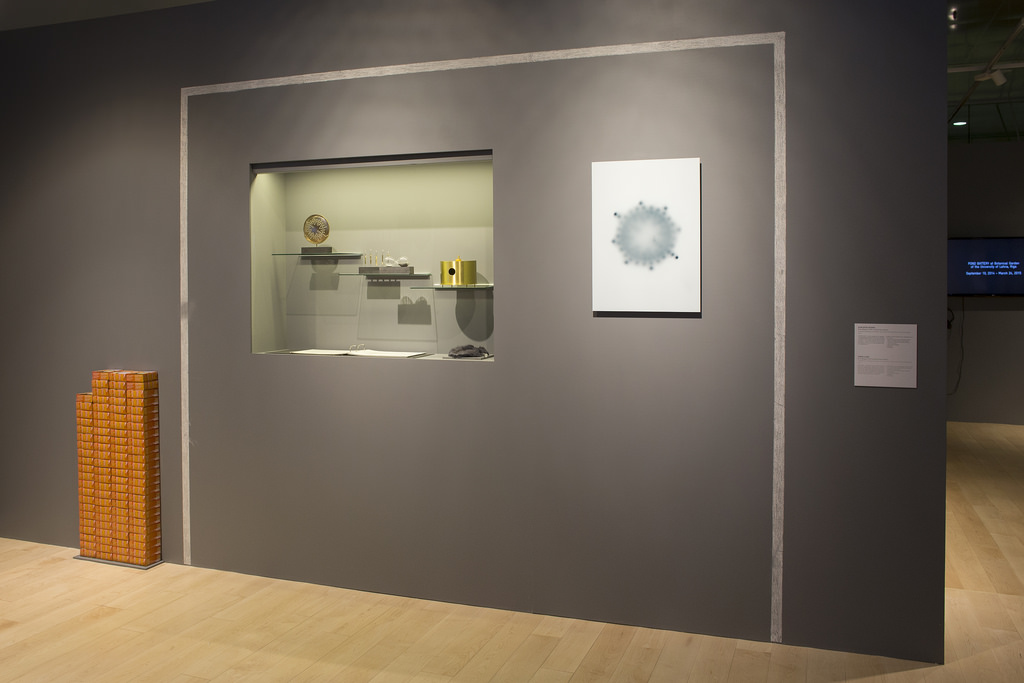
Erich Berger and Mari Keto, Open Care, 2016. Exhibition view at the National Library of Latvia. Photo: Kristīne Madjare for RIXC
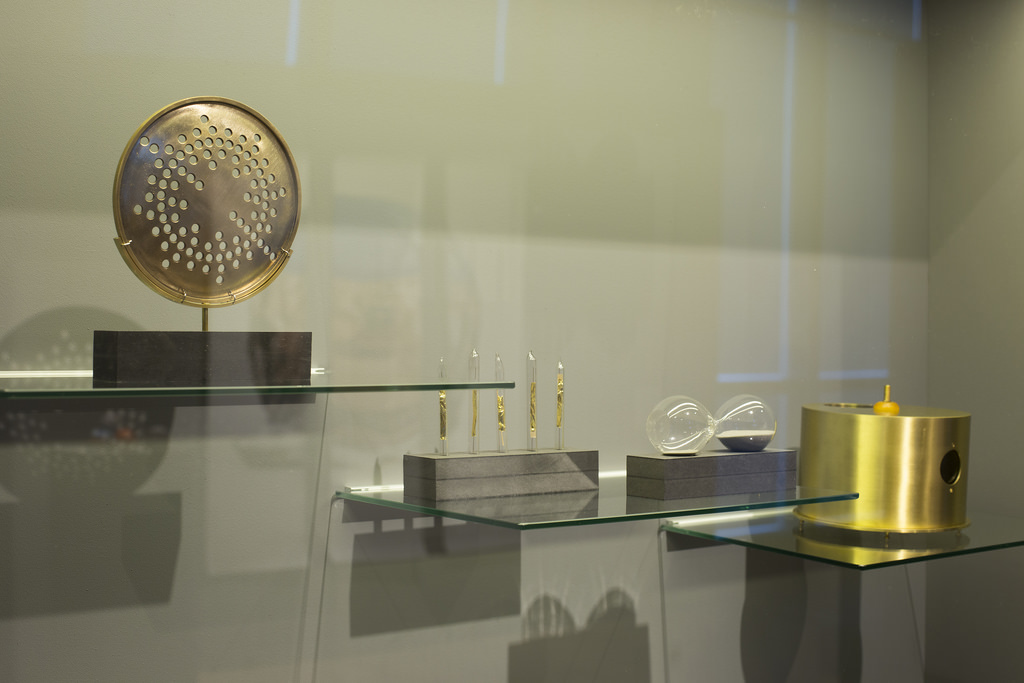
Erich Berger and Mari Keto, Open Care, 2016. Exhibition view at the National Library of Latvia. Photo: Kristīne Madjare for RIXC
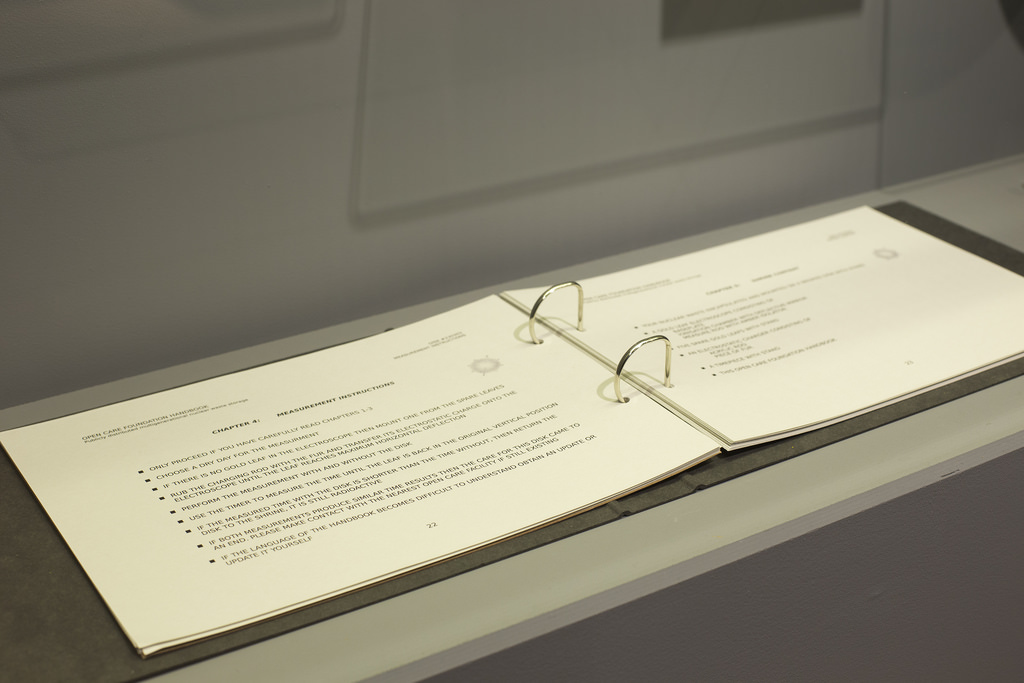
Erich Berger and Mari Keto, Open Care, 2016. Exhibition view at the National Library of Latvia. Photo: Kristīne Madjare for RIXC
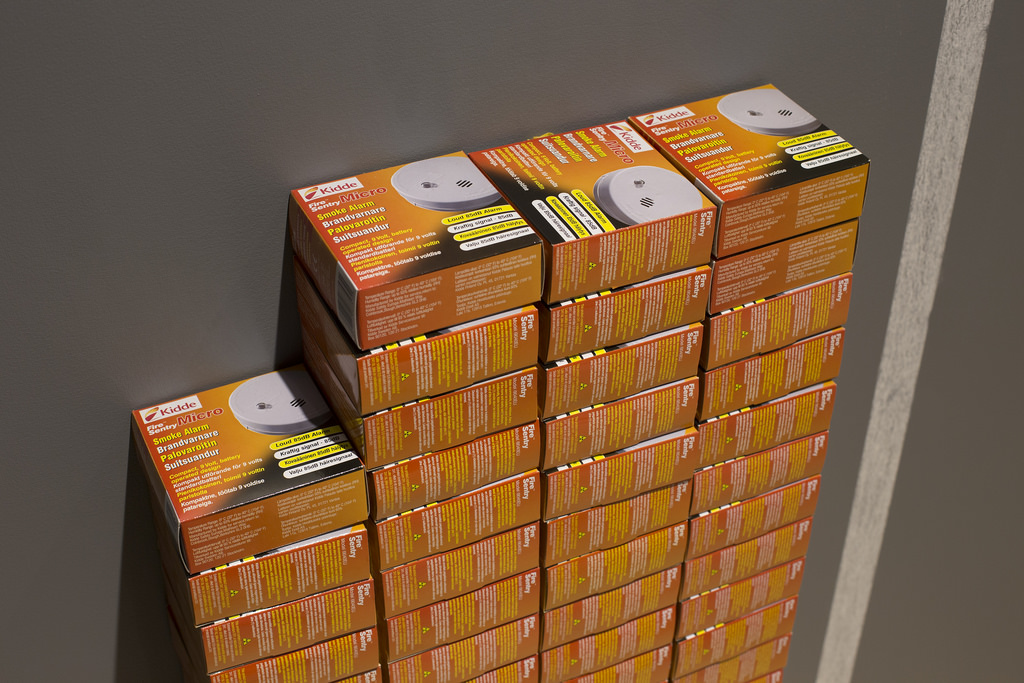
Erich Berger and Mari Keto, Open Care, 2016. Exhibition view at the National Library of Latvia. Photo: Kristīne Madjare for RIXC
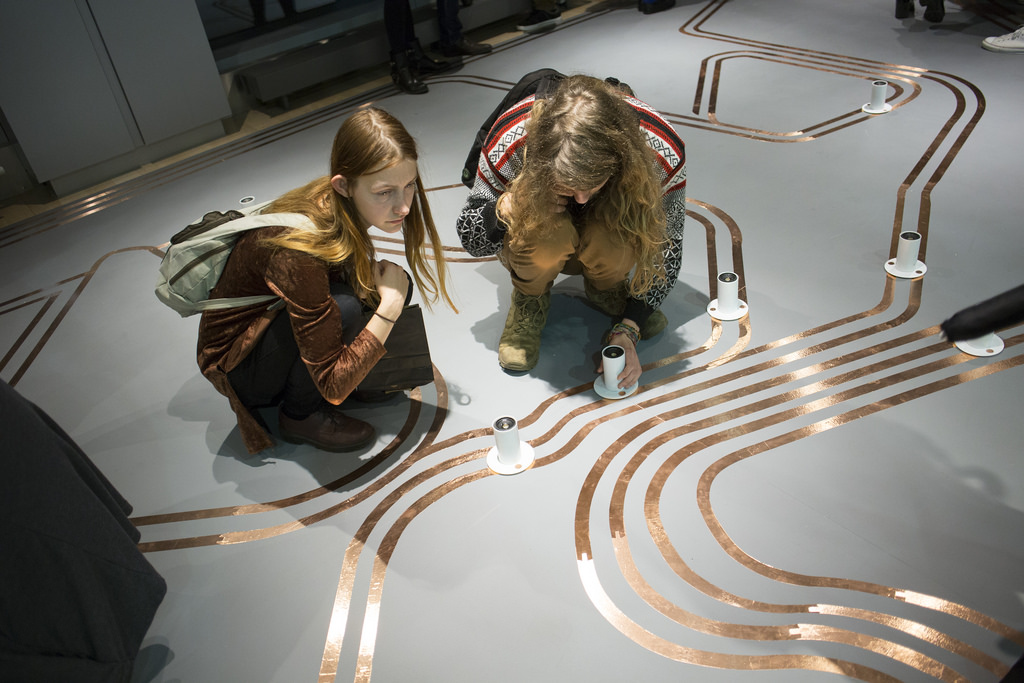
Christoph Haag, Martin Rumori, Franziska Windisch and Ludwig Zeller, Offener Schaltkreis (Open Circuit), 2006–2016. OPEN FIELDS, RIXC Art Science Festival 2016, opening at the National Library of Latvia. Photo: Kristīne Madjare for Rixc
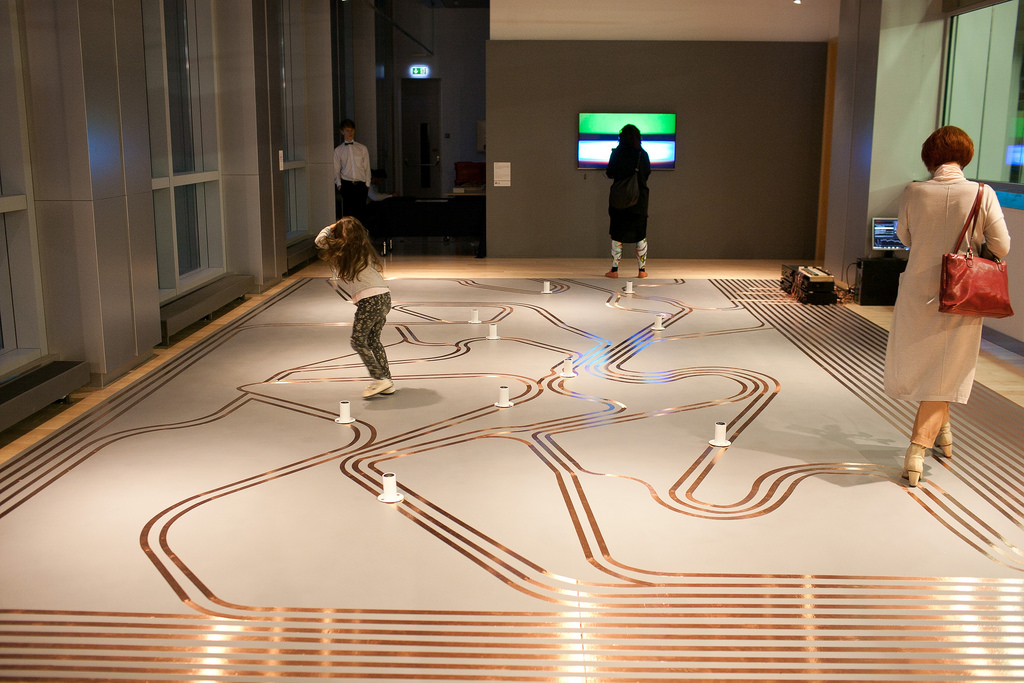
Christoph Haag, Martin Rumori, Franziska Windisch and Ludwig Zeller, Offener Schaltkreis (Open Circuit), 2006–2016. OPEN FIELDS, RIXC Art Science Festival 2016, opening at the National Library of Latvia. Photo: Kristīne Madjare for Rixc
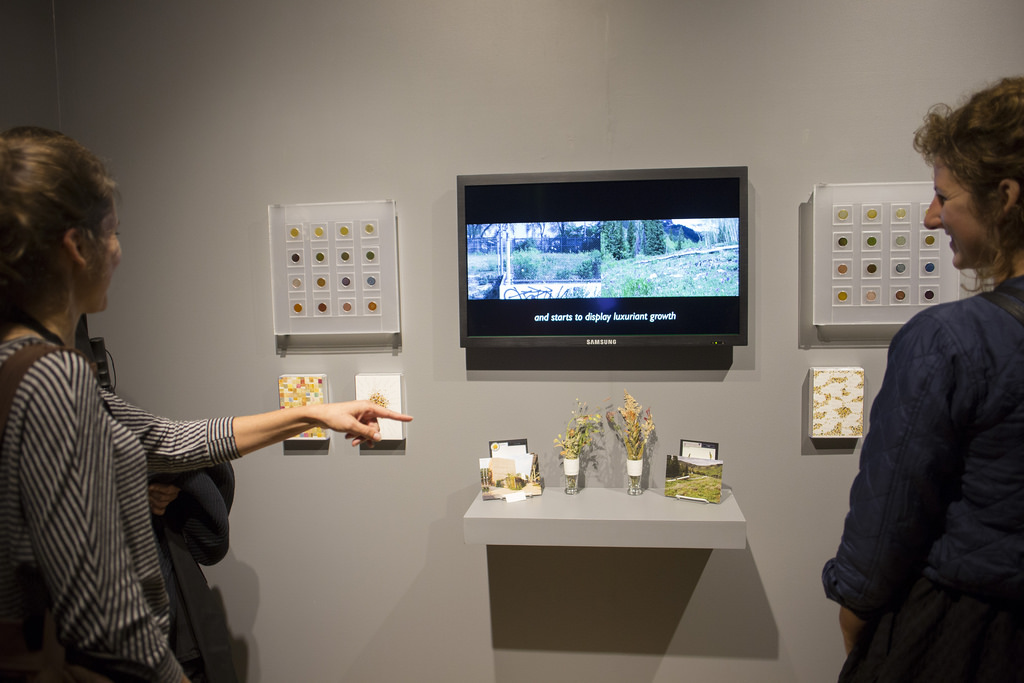
Ellie Irons, Hue Dichotomies: A Meadow Spectrum (Bushwick, Brooklyn and Gothic, Colorado), 2015. OPEN FIELDS, RIXC Art Science Festival 2016, opening at the National Library of Latvia. Photo: Kristīne Madjare for Rixc
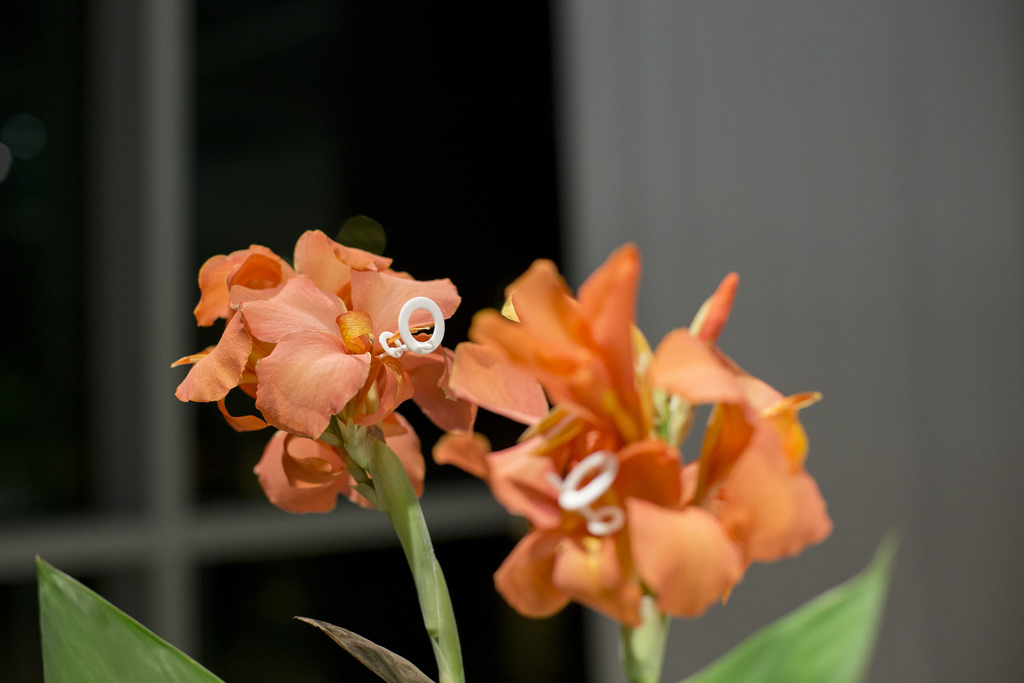
Pei-Ying Lin, Špela Petrič, Dimitrios Stamatis, Jasmina Weiss, PSX CONSULTANCY, 2014. OPEN FIELDS, RIXC Art Science Festival 2016, opening at the National Library of Latvia. Photo: Kristīne Madjare for Rixc
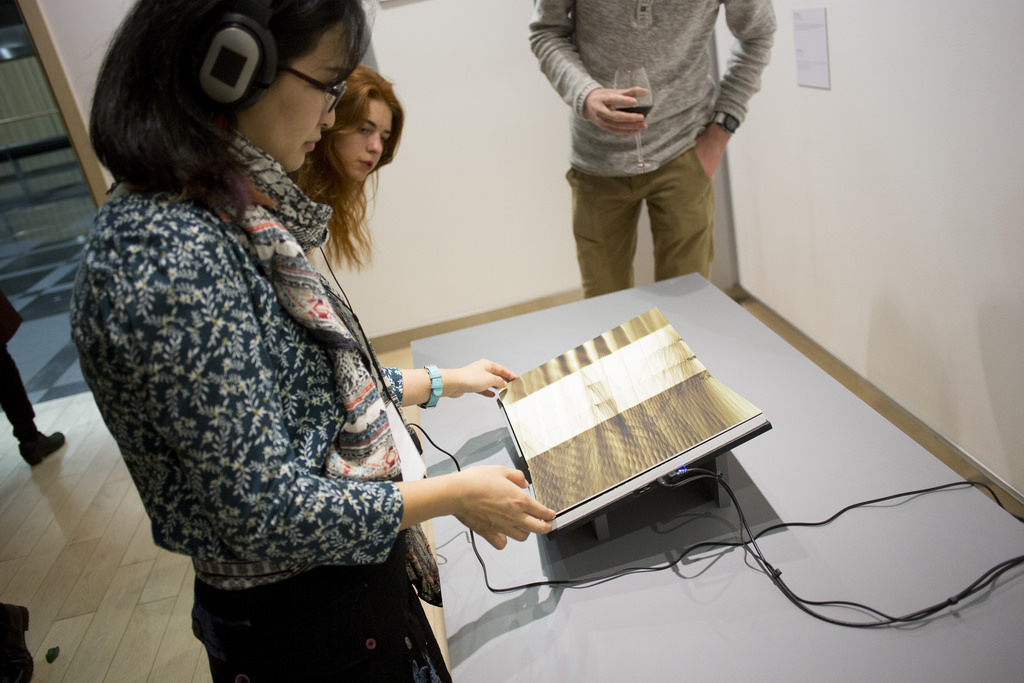
OPEN FIELDS, RIXC Art Science Festival 2016, opening at the National Library of Latvia. Photo: Kristīne Madjare for Rixc
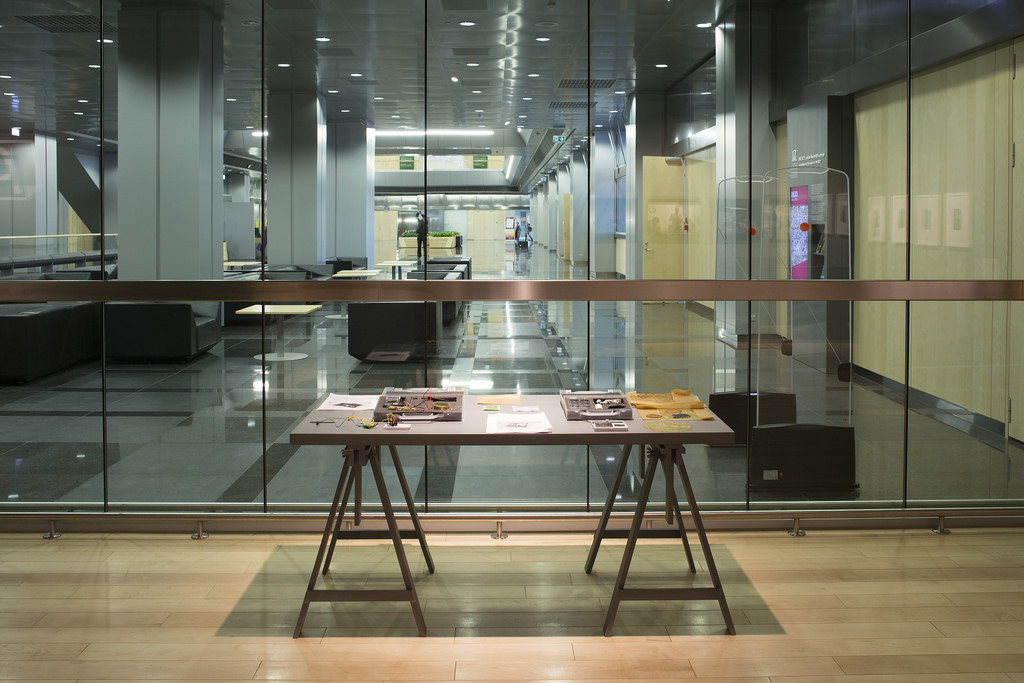
General view of the exhibition at the National Library of Latvia. Photo: Kristīne Madjare for RIXC
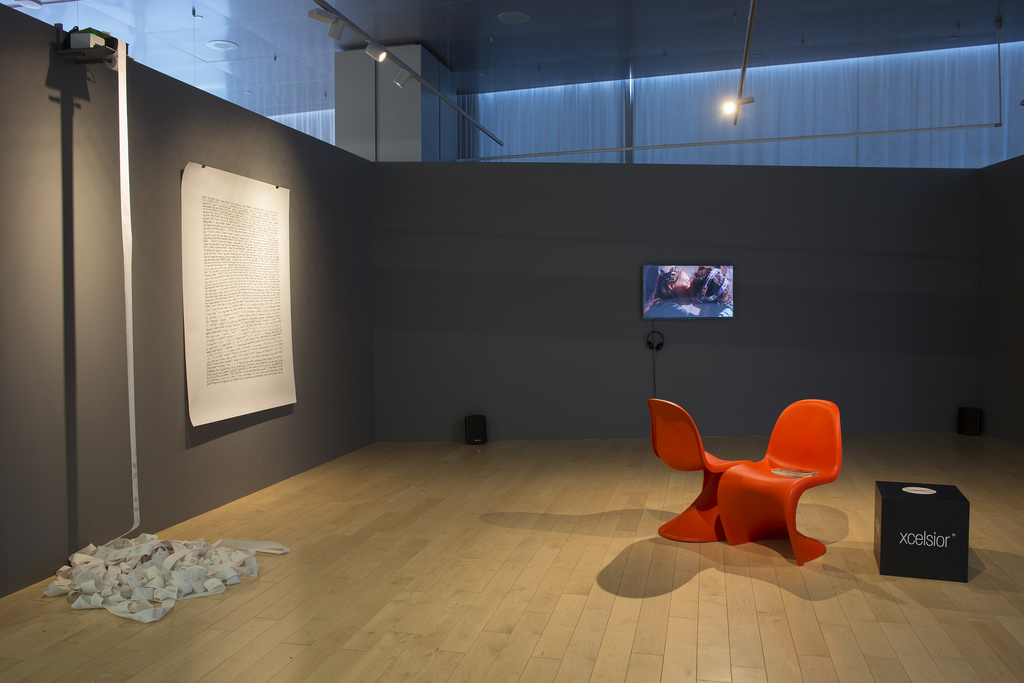
General view of the exhibition at the National Library of Latvia. Photo: Kristīne Madjare for RIXC
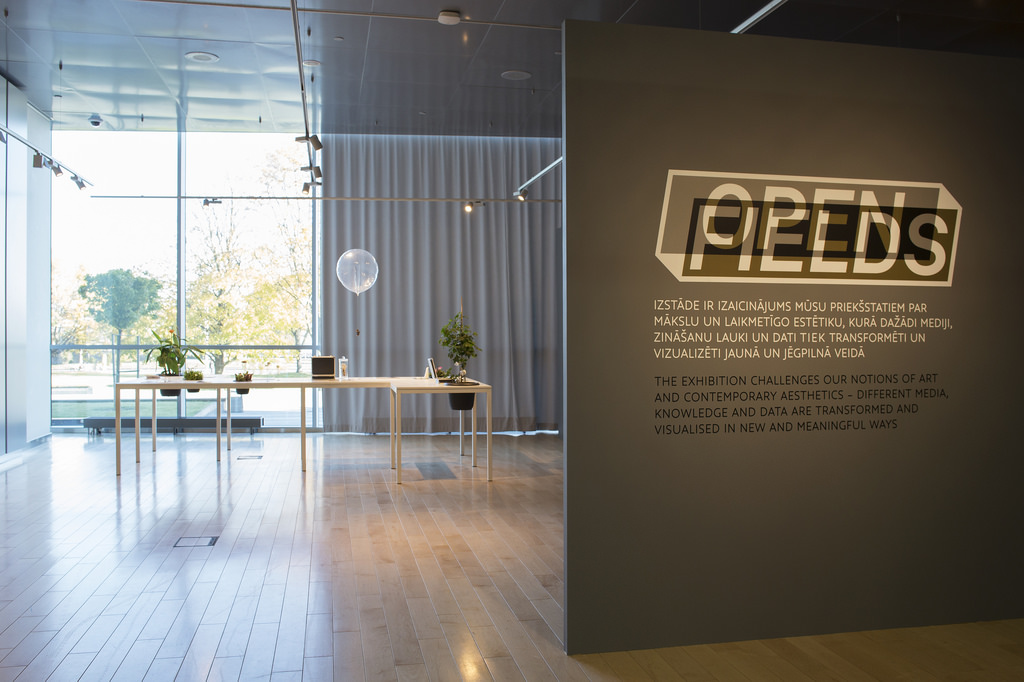
General view of the exhibition at the National Library of Latvia. Photo: Kristīne Madjare for RIXC
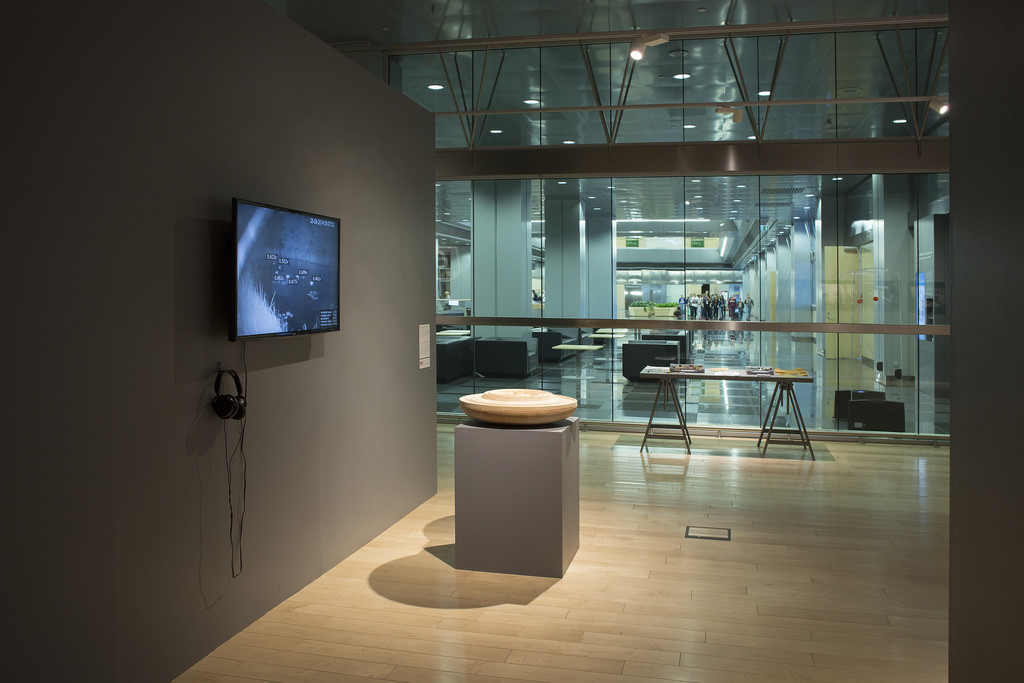
General view of the exhibition at the National Library of Latvia. Photo: Kristīne Madjare for RIXC
The exhibition remains open at the National Libary of Latvia in Riga until November 2, 2016. It was curated by Dr. Raitis SMITS / RIXC / the Art Academy of Latvia.
I posted tons of rather bad photos from the festival over here.
